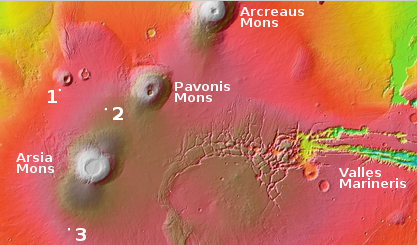Fragment of a long dead planet’s iron core found orbiting white dwarf
Astronomers have identified the fragment of a long dead planet’s iron core orbiting a white dwarf star 410 light years away.
The [data] suggested its source was a solid object some 600 kilometers across—a suspected planetary core, with a density between 7.7 and 39 grams per cubic meter, comparable to the pure iron found within Earth’s core. “The density of the piece of rock is consistent with what we think the cores of planets [are],” says Luca Fossati of the Austrian Academy of Sciences, who was not involved in the paper.
It orbits the star every two hours, the fastest exoplanet orbit yet found. This alone should rip it apart, providing further evidence that the object’s density is very high.
The astronomers theorize that this object is likely the remains of a planet that existed when this star was young, and was destroyed as the star aged to become a red giant, expanding to swallow it. Later, when the star collapsed to become a tiny white dwarf, the core remained, its density allowing it survive as the planet’s outer crust was torn away.
Astronomers have identified the fragment of a long dead planet’s iron core orbiting a white dwarf star 410 light years away.
The [data] suggested its source was a solid object some 600 kilometers across—a suspected planetary core, with a density between 7.7 and 39 grams per cubic meter, comparable to the pure iron found within Earth’s core. “The density of the piece of rock is consistent with what we think the cores of planets [are],” says Luca Fossati of the Austrian Academy of Sciences, who was not involved in the paper.
It orbits the star every two hours, the fastest exoplanet orbit yet found. This alone should rip it apart, providing further evidence that the object’s density is very high.
The astronomers theorize that this object is likely the remains of a planet that existed when this star was young, and was destroyed as the star aged to become a red giant, expanding to swallow it. Later, when the star collapsed to become a tiny white dwarf, the core remained, its density allowing it survive as the planet’s outer crust was torn away.








